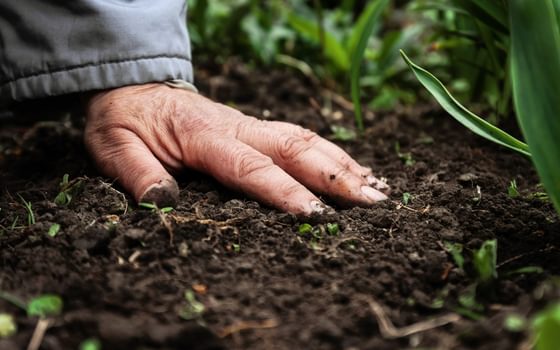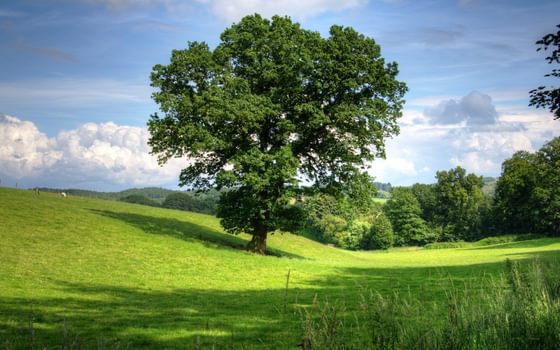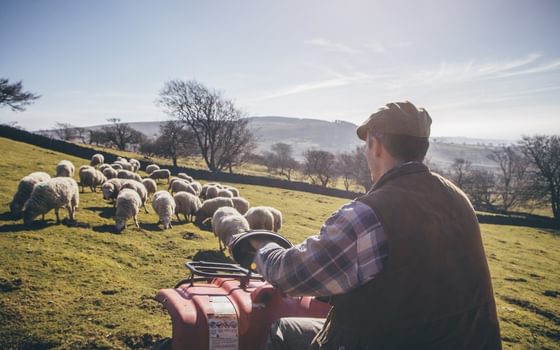Who gets to fish in the EU?
The fish in our seas are a public resource that we all share – so how we decide to fish them matters.
04 October 2021
In European Union (EU) waters, the EU and its member states share responsibility for managing fisheries. Fisheries are managed at a range of levels, from local and regional government, producer organisations, sometimes local fishing cooperatives, through to the EU itself.
Who is allowed to fish, the amount that fishing boats are allowed to catch, how they do it, and where they are allowed to operate are determined by ‘fishing opportunities’ allocated to the fishing sector by the state. How these opportunities are allocated are the most fundamental decisions governments and managers make to decide how fish populations are caught and sold to consumers around the world. Fish stocks are a public resource we all share, and fishing supports communities around Europe. With recent disruptions to EU fisheries, including from Covid-19 and Brexit, questions about how EU fisheries can provide fair and sustainable livelihoods are more relevant than ever.
Fishing opportunities are either managed through limiting how much a vessel can catch or bring to shore (‘quota management’), or through restricting the capacity of vessels, time at sea, or the space available for in fishing (known as ‘effort management).
A mixture of both quota and effort fishing opportunities are in place throughout Europe. For many fisheries however, particularly in northern EU countries, governments limit the total allowable catch, generally measured by weight. Total allowable catches (TACs) are set through a multi-stage process involving several institutions (notably the International Council for the Exploration of the Seas, ICES, and the EU’s Scientific, Technical and Economic Committee for Fisheries, STECF). The European Council of Ministers meets annually to set the TACs and other fishing opportunities for the following year. The share of these TACs that each fishing nation is entitled to are known as quotas. The EU provides guidance on how fishing opportunities are allocated nationally, but it is the member states who decide how these quotas are subdivided and distributed to their fishing fleet.
In 2017 we published, Who gets to fish? which looked at 12 member states in detail – but to incorporate any recent developments, and expanding the scope to all 21 EU countries who fish, we have updated our findings for 2021.
With a review of the Common Fisheries Policy (CFP) on the horizon, it is also time to consider some fundamental questions about fisheries resources and public benefits. This is also an opportunity to figure out how EU countries want to respond to environmental and economic shocks that may affect the fishing industry – both now and in the future.
When it comes to how different countries allocated fishing opportunities, there are some commonalities: every member state mainly allocates fishing opportunities according to the size of fishing boats, and how much boats have caught historically. This means they do not incentivise fishers to fish differently — for example, vessel sizes can’t be changed by fishing behaviour). In many systems, fishing opportunities are allocated differently for the small-scale and large-scale fleet. States often use this fleet size distinction as an easy-to-assess proxy for social outcomes, like lower environmental impact or more benefits for coastal economies. This means that, despite strong similarities across member states in their general approach to allocation, the way this approach is applied often differs. For example, countries may define small-scale vessels differently, despite the EU level definition being set at 12m in length and using static gear.
The way that member states decide fishing opportunities isn’t consistent geographically or whether they use quota or effort management. Countries which fish in different seas or have stronger or weaker social safety nets still sometimes use the same criteria . Conversely, some neighbouring member states with similar fisheries are nearly polar opposites in their allocation systems, like Belgium and the Netherlands.
No two member states use the same system of allocating fishing opportunities or even the same mix of criteria. Member states differ in how age affects how fishing opportunities are allocated, eg, targeting the young (new entrants) in Denmark, Bulgaria, Greece and the old (retirement) in Croatia, how much stakeholders are involved in the allocation process, and how transparent, flexible, or complex the allocation system is. For example, in Spain and France there are dozens of separate allocations systems for different fish species in fishing areas, where as in Denmark there are only four.
With a review of the Common Fisheries Policy (CFP) on the horizon, it is also time to consider some fundamental questions about fisheries resources and public benefits. This is also an opportunity to figure out how EU countries want to respond to environmental and economic shocks that may affect the fishing industry – both now and in the future.
Fish stocks are a public resource we all share, so fishing opportunities must be allocated according to the public interest. We need to be able to scrutinise how these allocations are made and what criteria are applied if we are to have fair and sustainable fisheries in Europe going forward. As markets change as a result of global economic and environmental changes, so will the ability to manage fishing opportunities in a fair and sustainable way.
Topics Fisheries & farming






